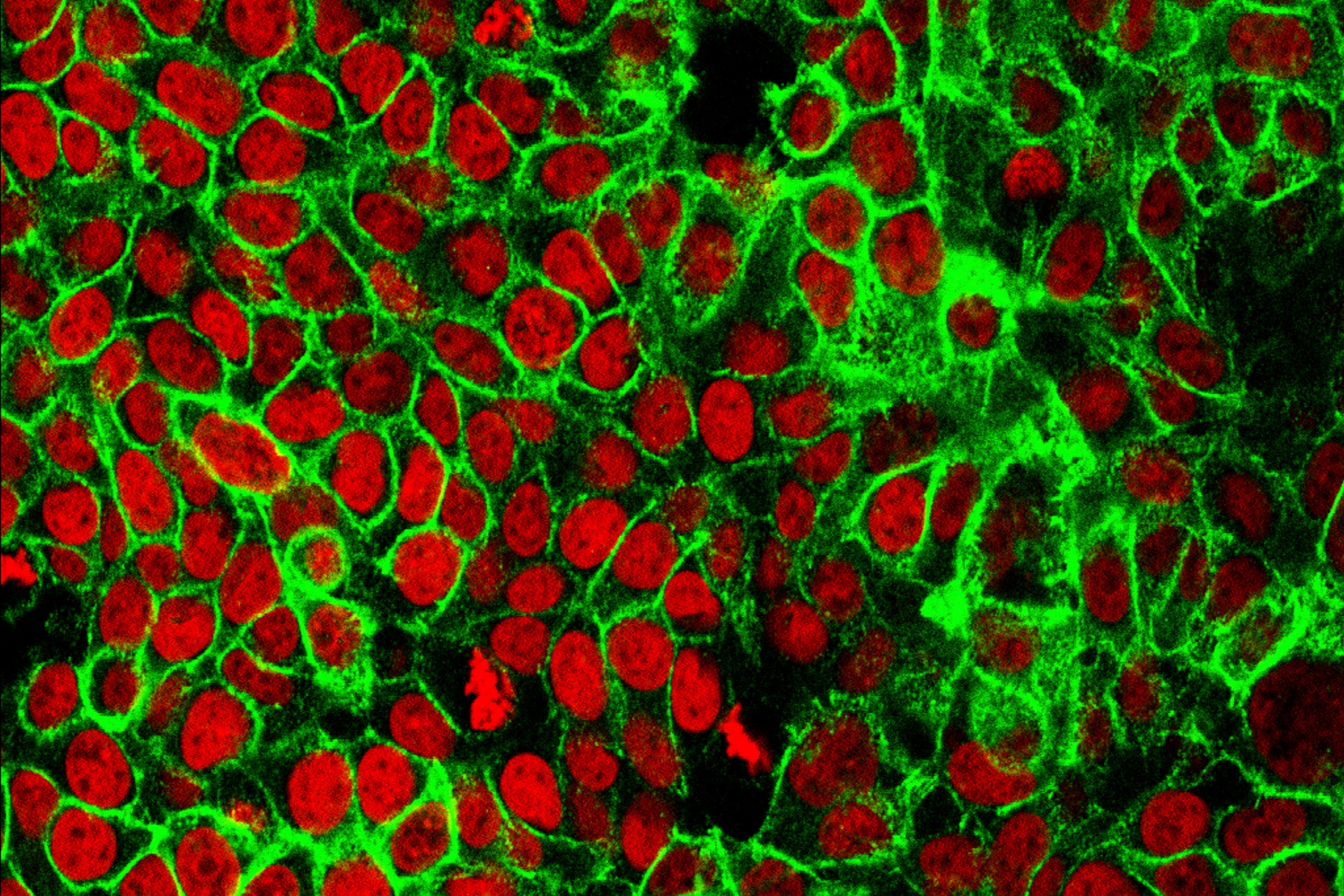‘Trojan horse’ drug targets cancerous cells but leaves surrounding tissue unharmed
‘Metabolic warhead’ molecule bypasses malignant cells’ defences before doctors use light to activate it

Your support helps us to tell the story
From reproductive rights to climate change to Big Tech, The Independent is on the ground when the story is developing. Whether it's investigating the financials of Elon Musk's pro-Trump PAC or producing our latest documentary, 'The A Word', which shines a light on the American women fighting for reproductive rights, we know how important it is to parse out the facts from the messaging.
At such a critical moment in US history, we need reporters on the ground. Your donation allows us to keep sending journalists to speak to both sides of the story.
The Independent is trusted by Americans across the entire political spectrum. And unlike many other quality news outlets, we choose not to lock Americans out of our reporting and analysis with paywalls. We believe quality journalism should be available to everyone, paid for by those who can afford it.
Your support makes all the difference.Scientists have created a “Trojan horse” drug that kills cancer cells and bacteria without harming healthy tissue nearby, in a promising development for the creation of new treatments.
However, they say more testing is needed to confirm the technique is safe and a speedy means of treating early-stage cancer. They also hope it can help tackle drug-resistant bacteria.
Researchers at the University of Edinburgh combined the tiny cancer-killing molecule SeNBD with a chemical food compound to trick malignant cells into ingesting it. They used both zebrafish and human cells for their experiments.
Cancerous cells are “greedy” and must consume high amounts of food to survive – usually more than healthy cells, the university said. When SeNBD is coupled with a compound these cells use for food it becomes “ideal prey” for them, yet does not alert them to its toxic nature.
The compound’s inventors called it a “metabolic warhead”. After it is deployed, doctors activate its cancer-killing properties by exposing it to visible light, meaning a greater degree of precision.
This reduces the chances of SeNBD destroying healthy tissues, and may help avoid side-effects like hair loss caused by other anti-cancer agents, said the university.
Professor Marc Vendrell, the project’s lead researcher and chair of translational chemistry and biomedical imaging at the University of Edinburgh, said: “This research represents an important advance in the design of new therapies that can be simply activated by light irradiation, which is generally very safe.
“SeNBD is one of the smallest photosensitisers ever made and its use as a ‘Trojan horse’ opens many new opportunities in interventional medicine for killing harmful cells without affecting surrounding healthy tissue.”
Dr Sam Benson, a post-doctoral researcher at the university, said the drug was delivered through the “front door of the cell” rather than having to “find a way to batter through the cell's defences”.
The findings are published in the journal Nature Communications.
In Greek mythology, the Trojan horse was a huge wooden statue used by the warriors of Greece to gain access to the city of Troy. They hid inside and pretended to have fled their war with the Trojans, before leaping out from inside the contraption when it was mistaken for a gift and brought inside the city walls.
Additional reporting by Press Association
Join our commenting forum
Join thought-provoking conversations, follow other Independent readers and see their replies
Comments